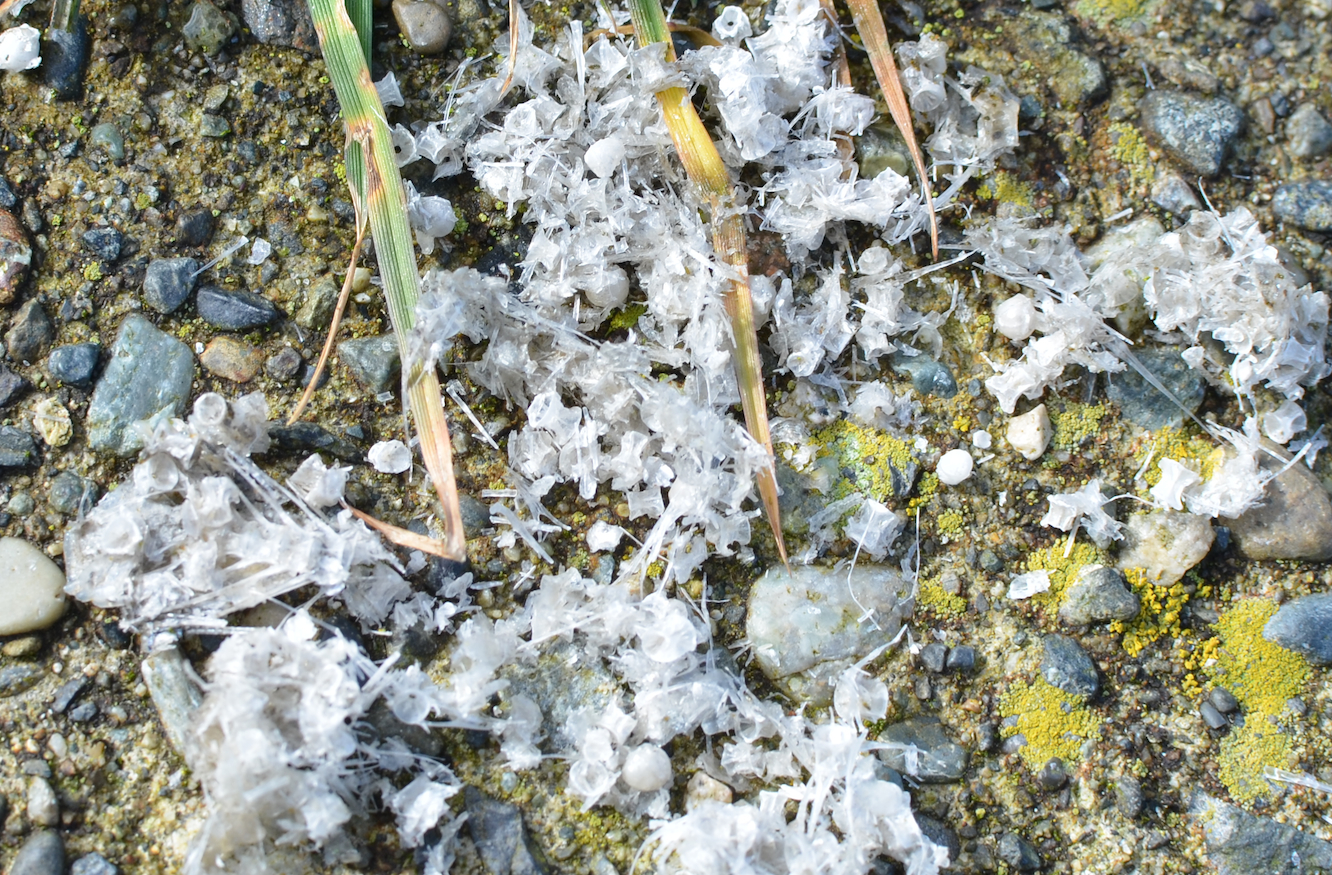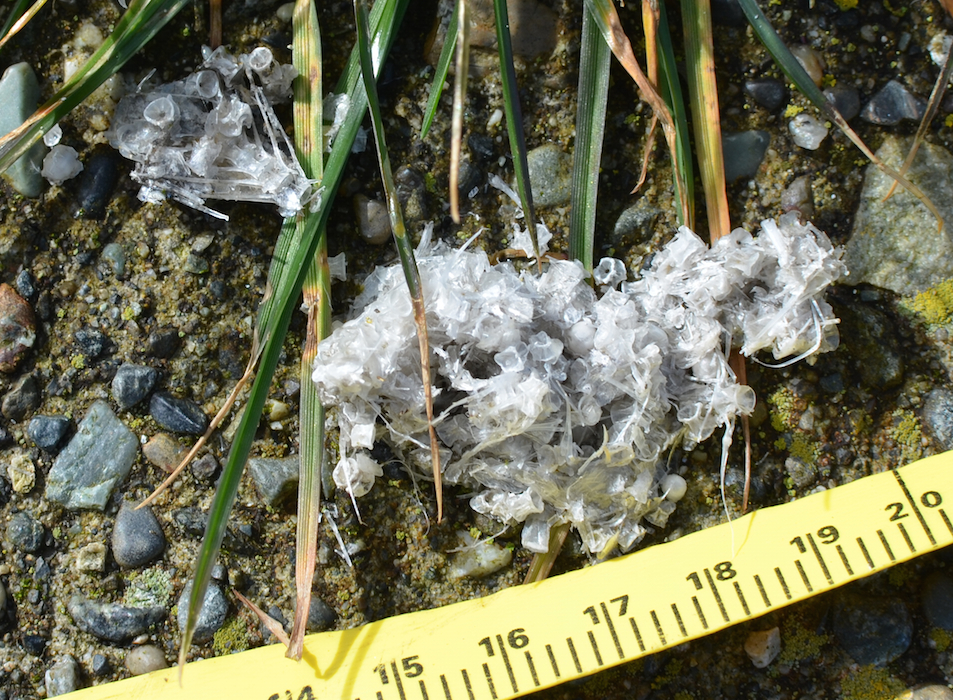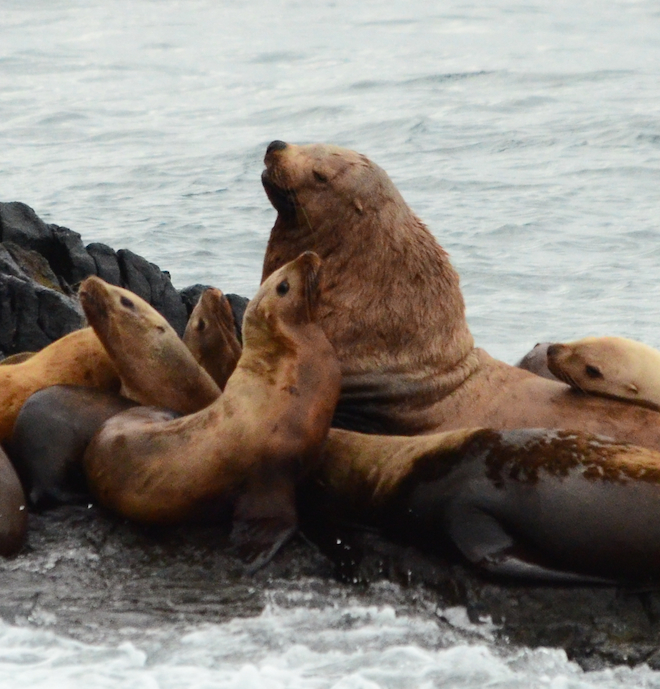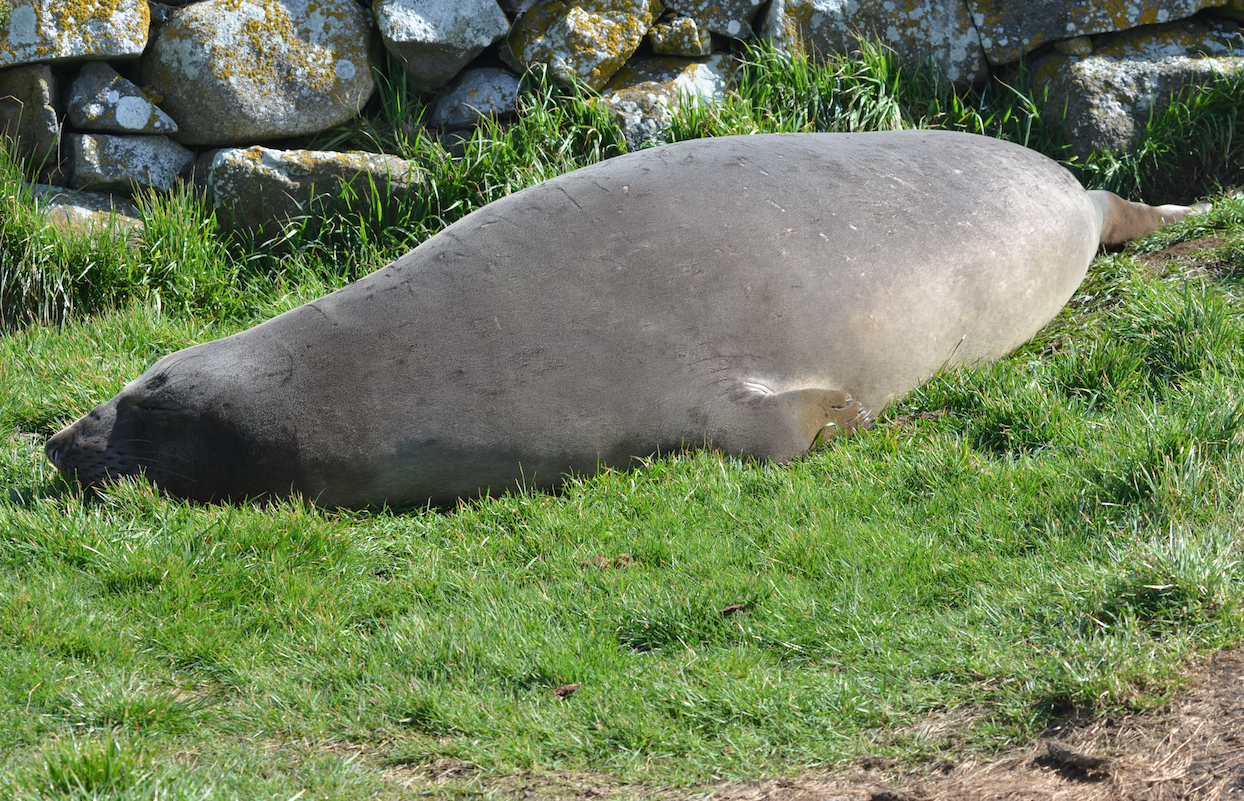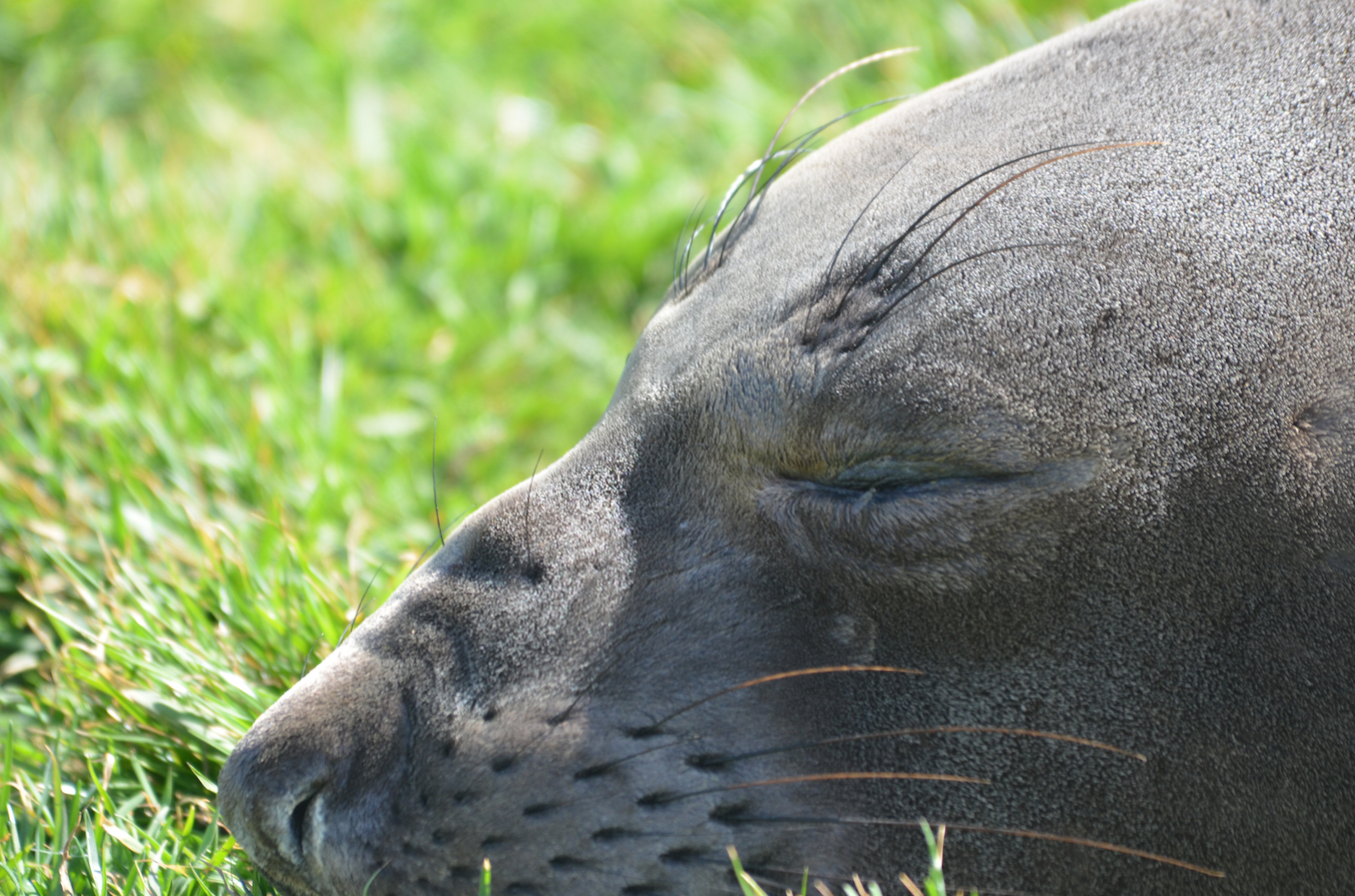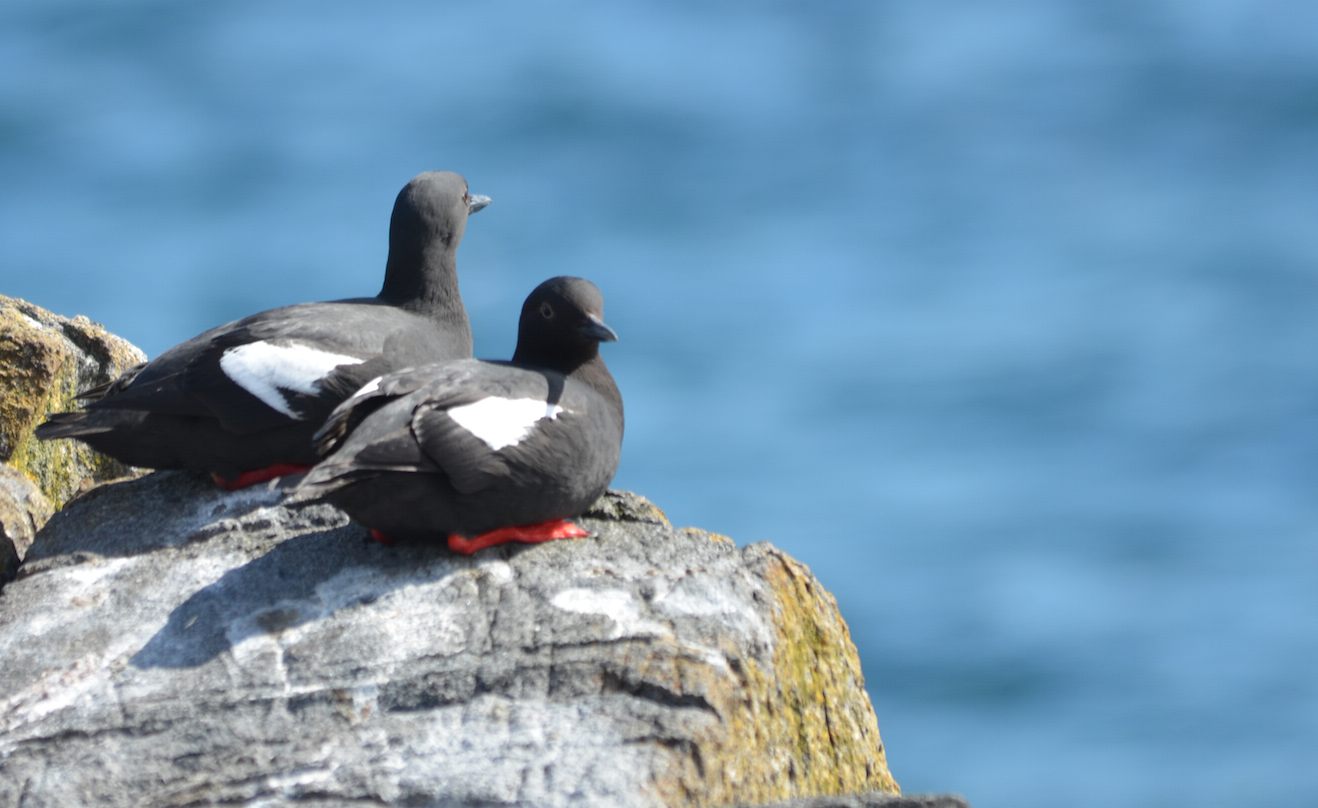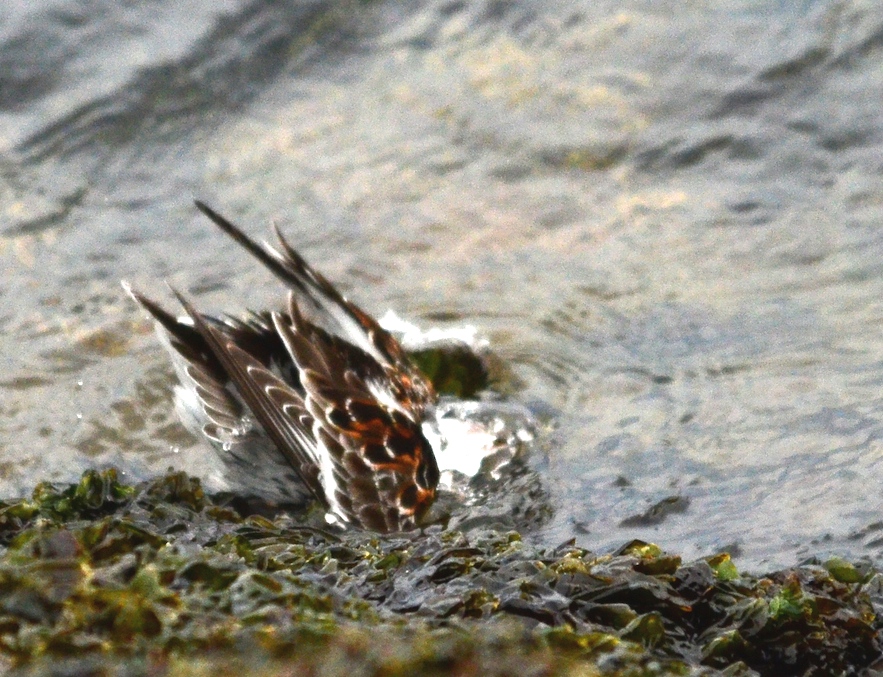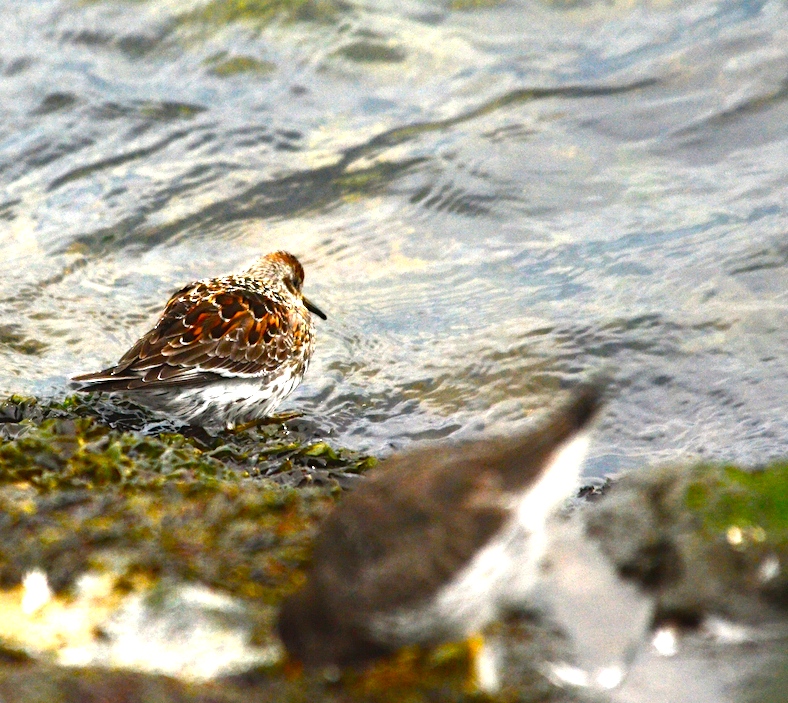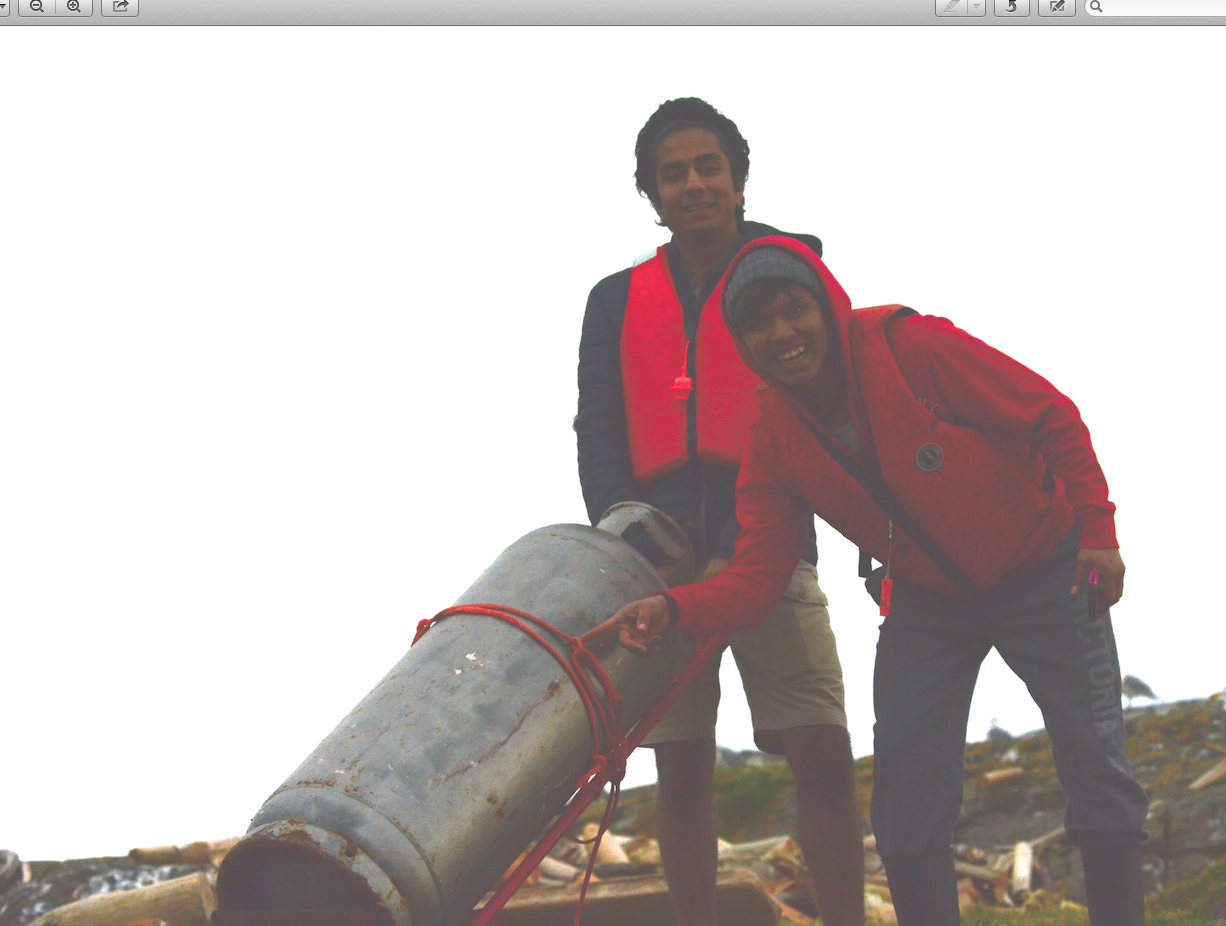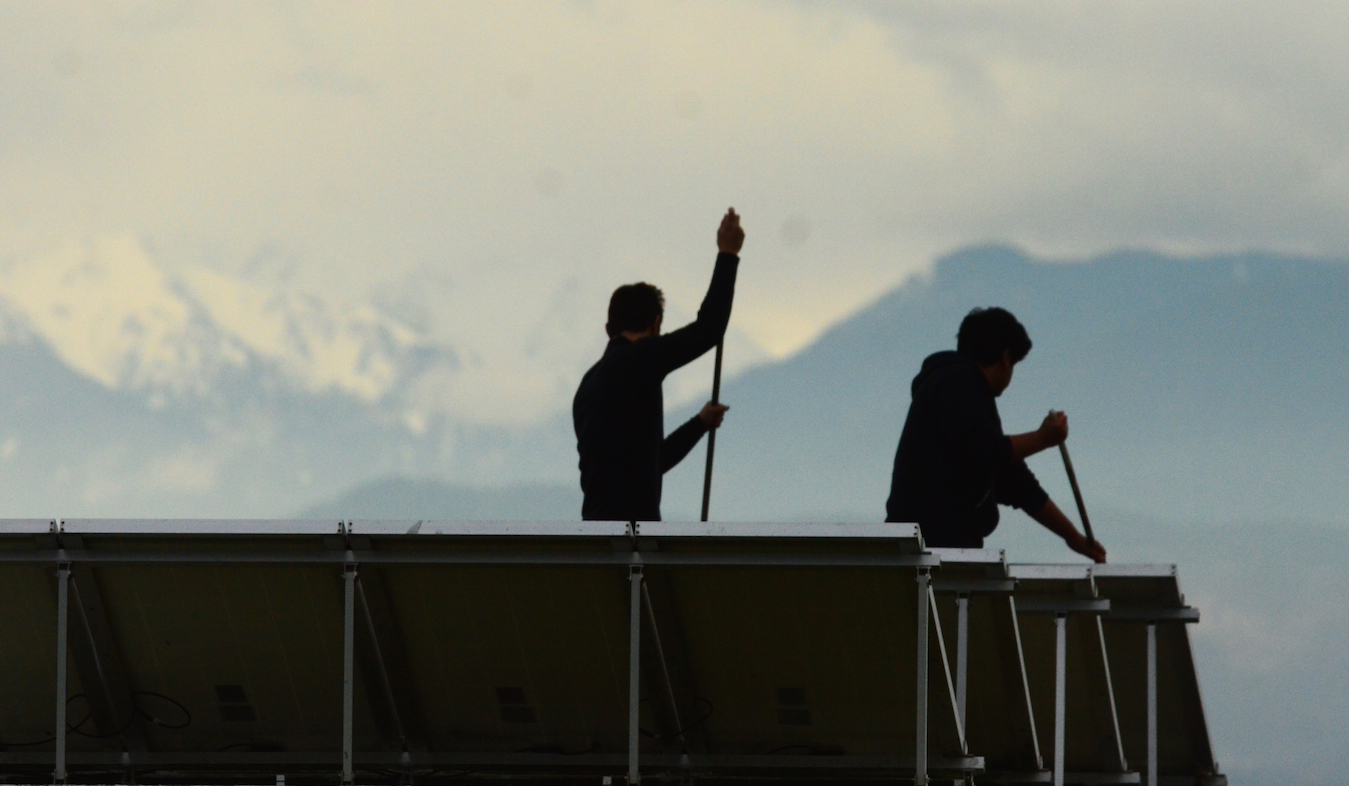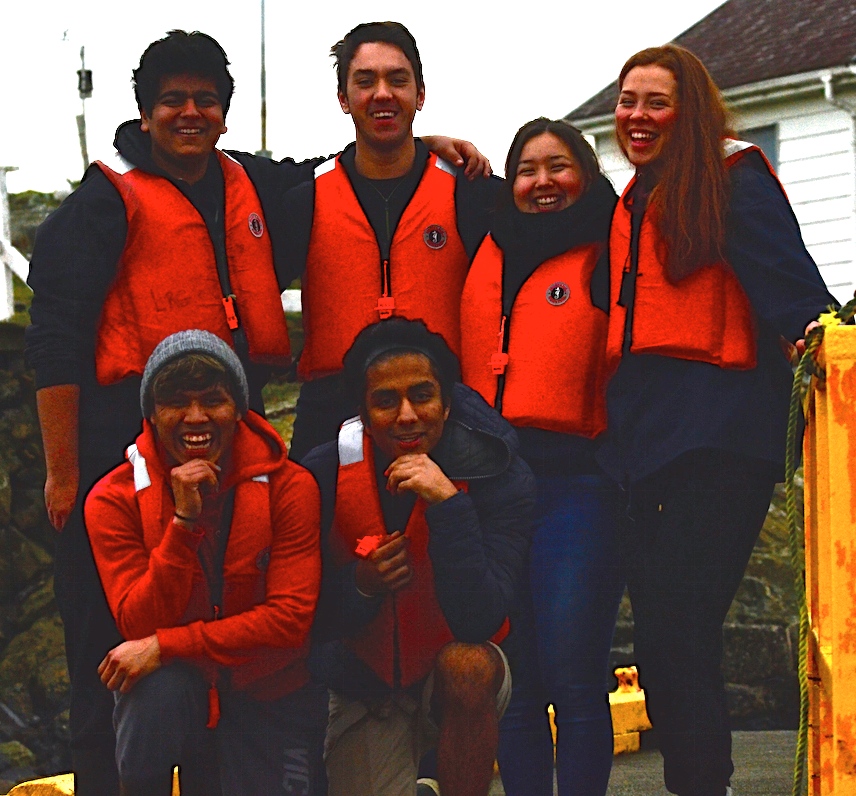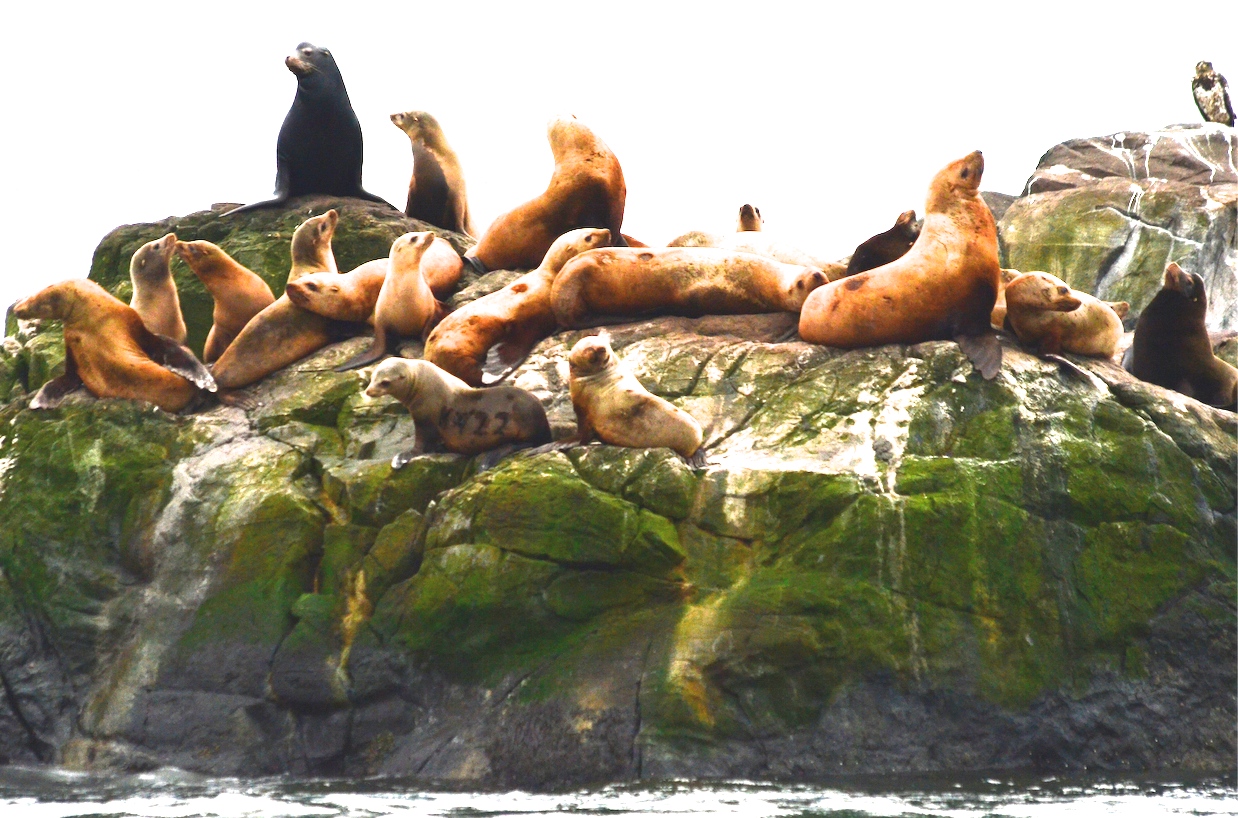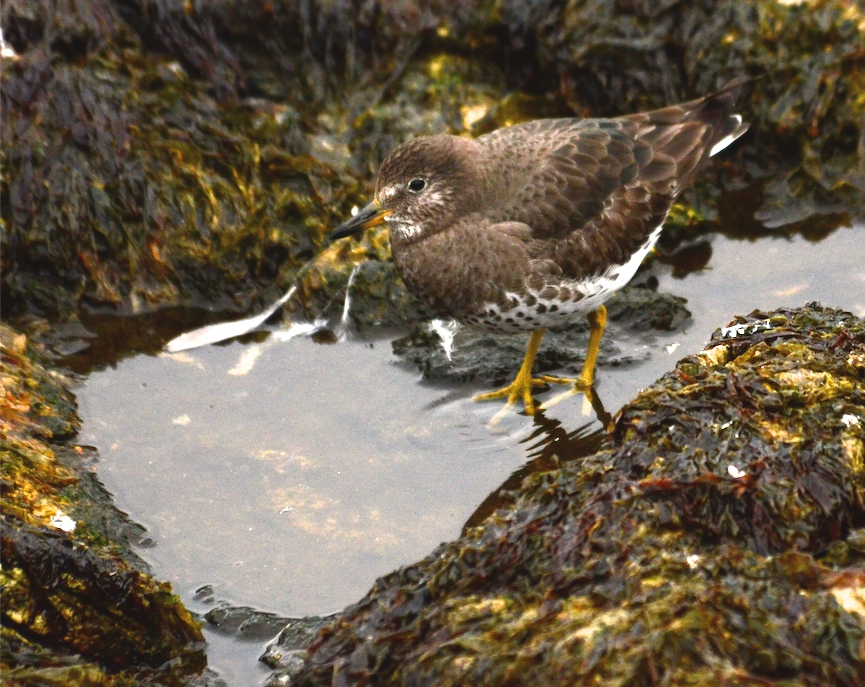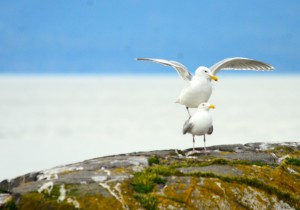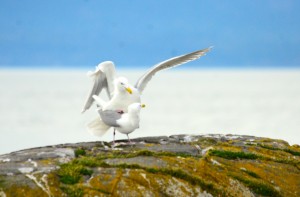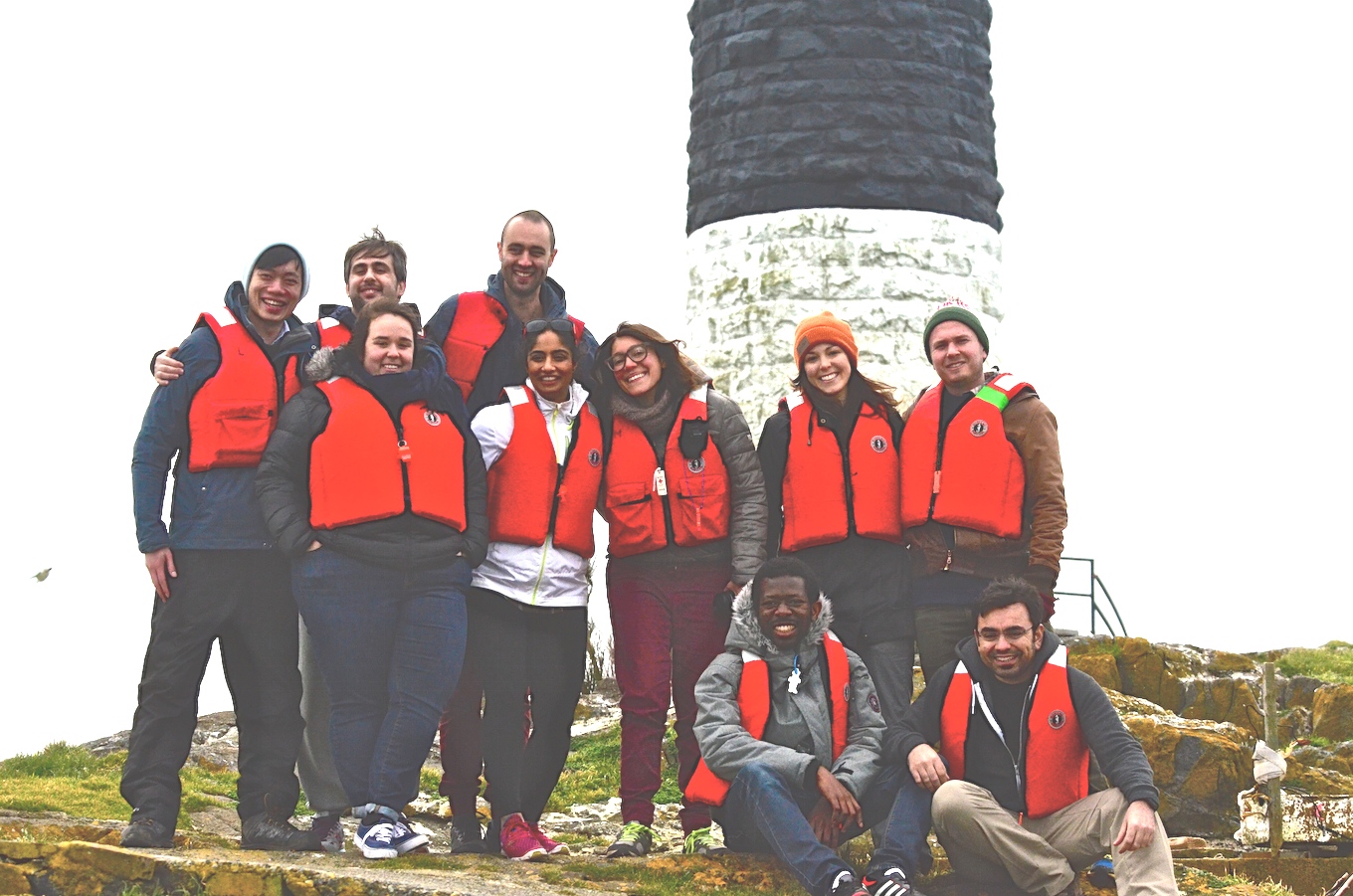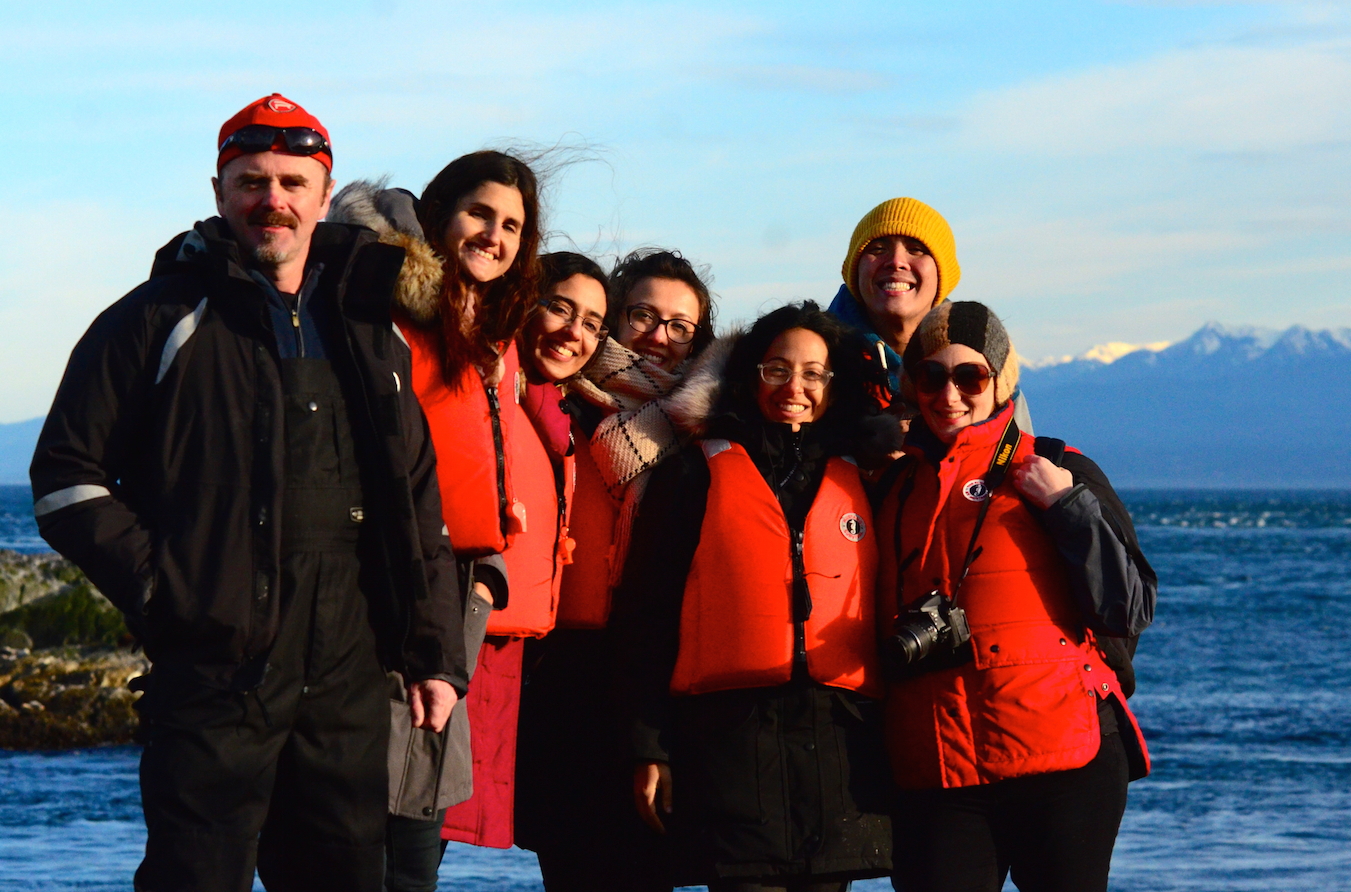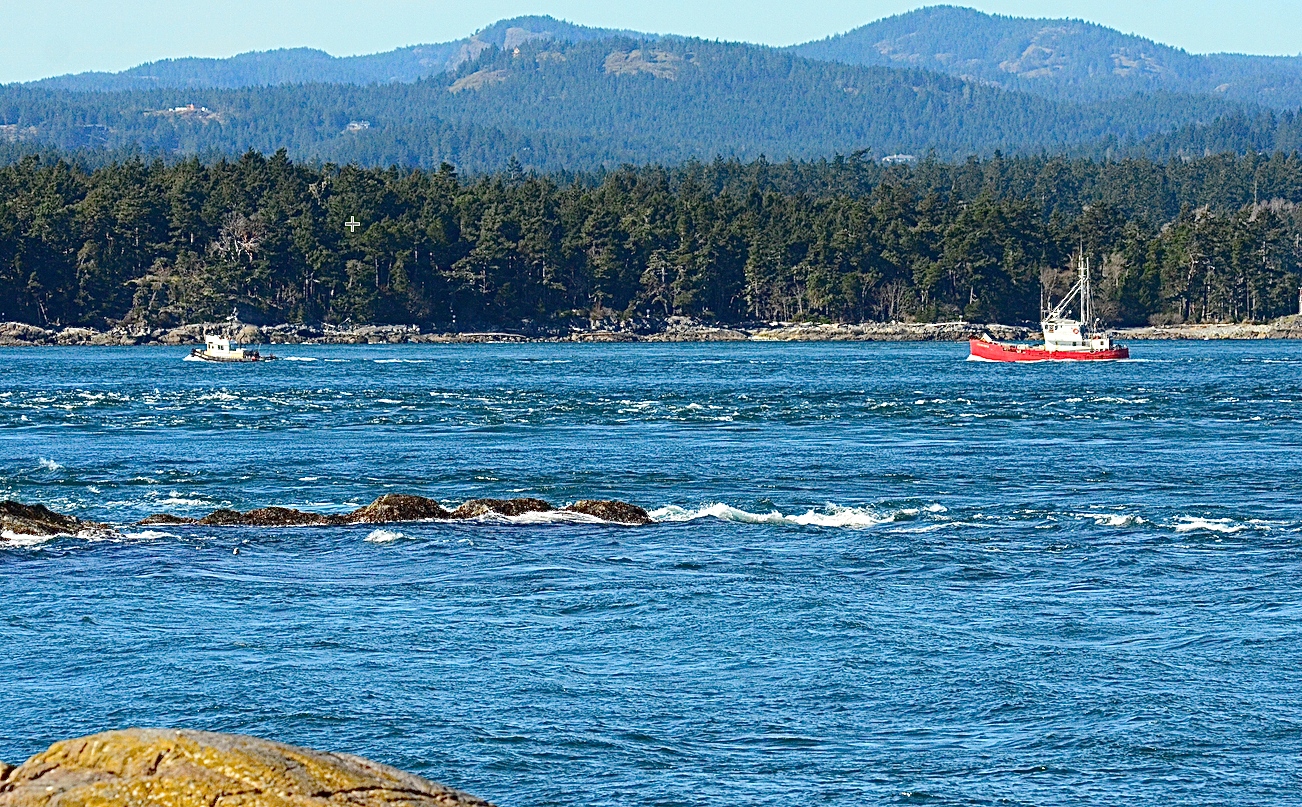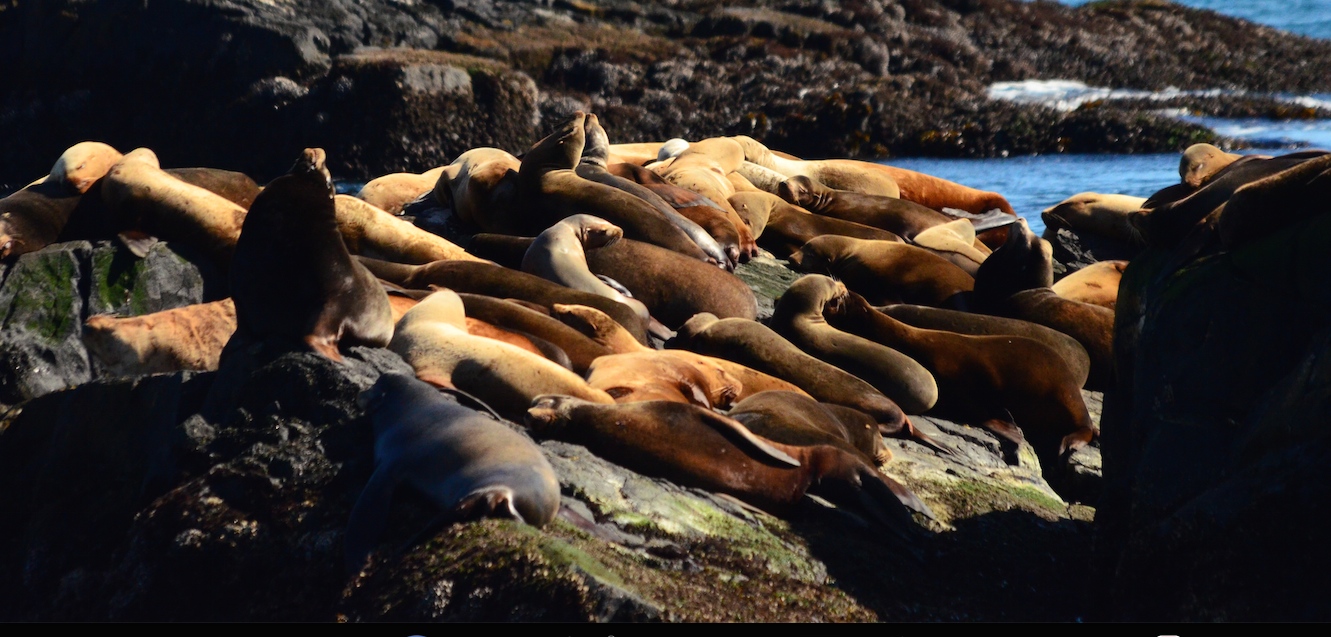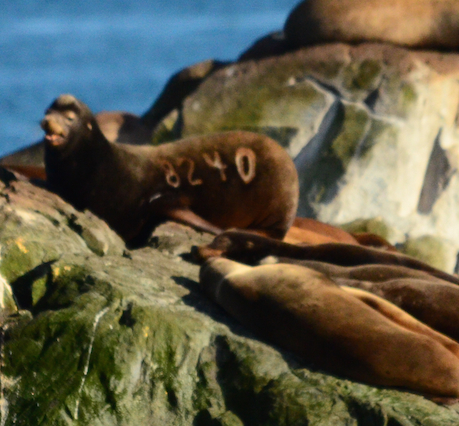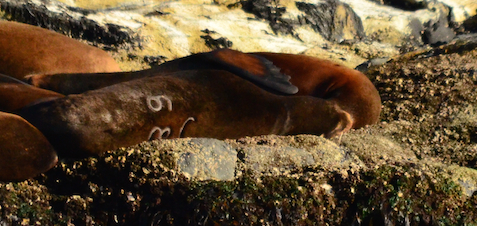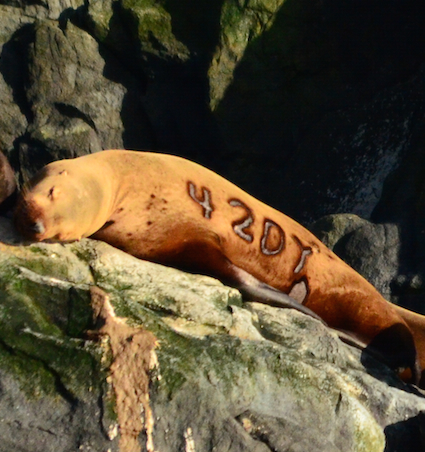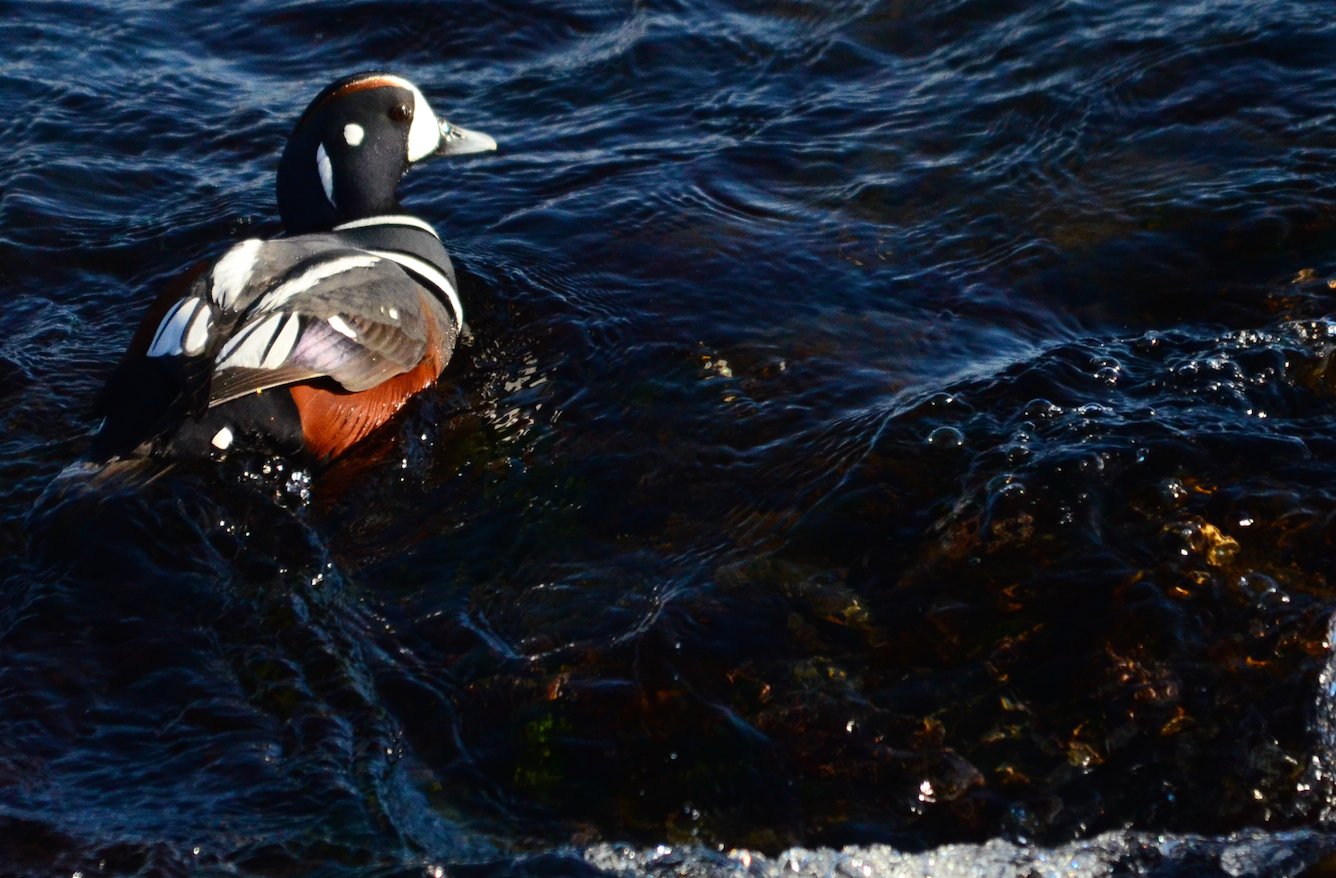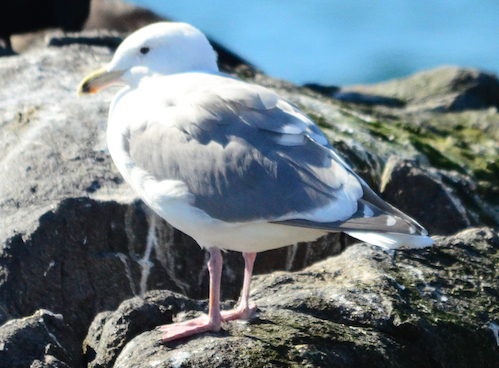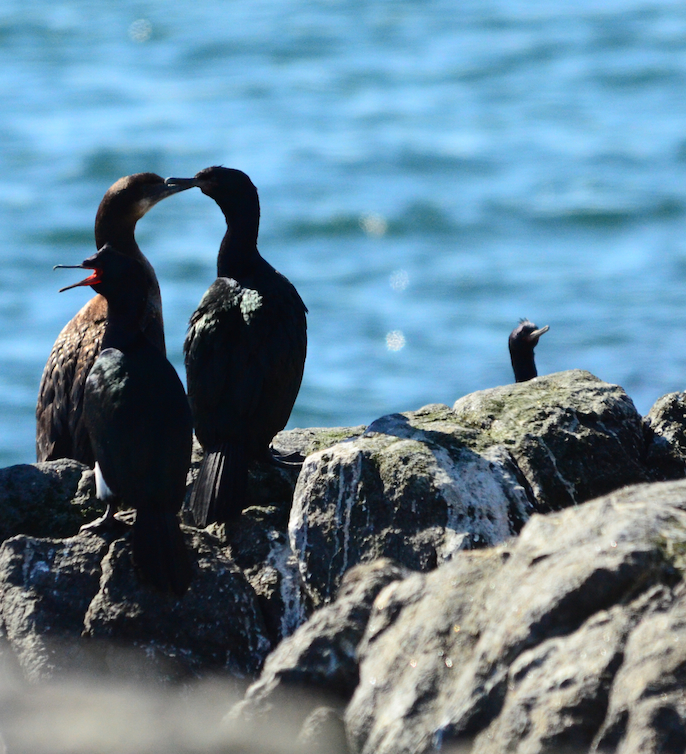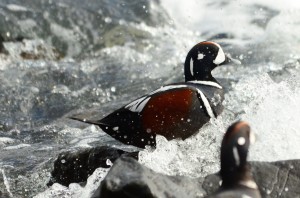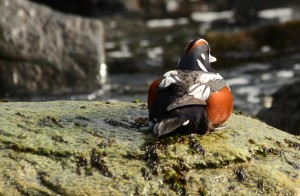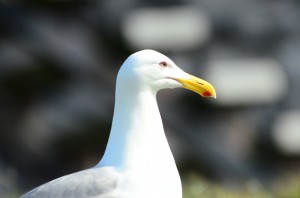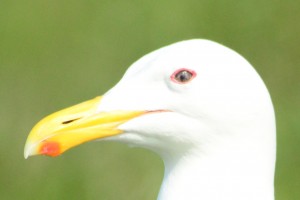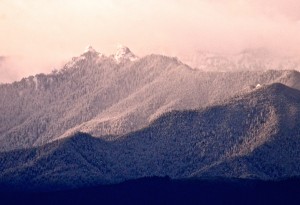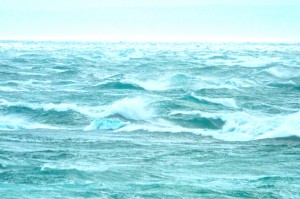Today’s winds were light, southwest in the morning and west with showers in the afternoon. Peak force was during the sombre sunset at 22 knots from the west. The UV index was less than 2.5 even during the greatest period of sunshine mid-day. The barometric pressure rose steadily all day and had levelled off at 1017 hPa as dusk settled down.
Four whale watching vessels were observed operating in the Protected Area today. Three out four travelled slowly and respected the regulations; the fourth sped leaving the Reserve by traversing half of its length at top speed. I am curious if it is the same person every day. It is the same company but they have multiple zodiacs that look the same from a distance. I don’t want to think it is an engrained part of the culture in that company to operate in an irresponsible way. It is certainly not sustainable.
A large, female Northern Elephant Seal came ashore. She was dry at dawn and there was no wet trail on the path leading to her napping spot, so I assumed she came ashore early last night. She is the first back since Chunk, (the pup killer) left a few weeks ago. She seems to be in fine form with no wounds, only old scars. Her girth is magnificent and she has an organically hydrodynamic shape. What an amazing creature of the deep.
The gulls on the island are taking advantage of big boils of forage fish coming up with the turbulent currents. This morning as I was cleaning the solar panels on the energy building roof, most of the 500+ gulls gave the call for food, vacated the island and high-tailed it directly to a mixed species, feeding flock frenzy. This evening, fish bone remains can be seen around the island in fresh bolus balls left by the gulls.
The Bald Eagles continue to fish during the day and make the gulls nervous at dawn and dusk. I wish they had that effect on Canada Geese.
The River Otter showed itself today, waddling up past the derrick and heading in under the old platform which is where I am sure they have a den.
Sunlight levels were higher than they have been for the last few days. Insolation peaked at over 650 W/m2, enough sunshine to run the de-salinator for three hours, using only solar power.
Chores were routine and there were no visitors.
- Small fish bones are remnants of gull feeding activities.
- Fish bones with tape to indicate relative size (in centimeters).
- Big, fit young male Steller’s Sea Lion and attending females.
- Deep sleep for a streamlined deep diving Northern Elephant Seal.
- The unbelievable navigational feats and technical diving that this animal is capable of leave me in some awe.
- This pair of Pigeon Guillemots is getting comfortable on land, for nesting season.

